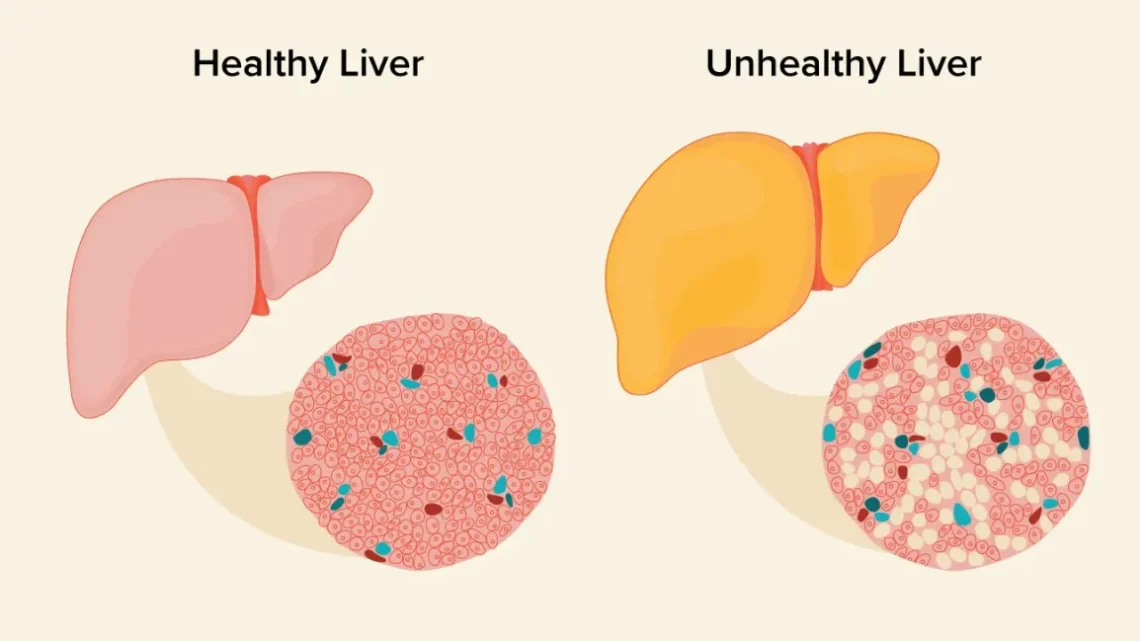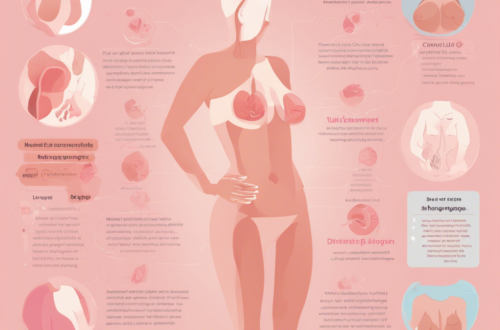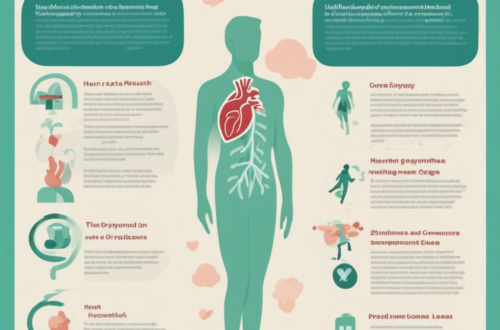Introduction to Fatty Liver Symptoms
Overview of Fatty Liver Disease
Fatty liver disease has emerged as a significant health concern affecting numerous individuals worldwide. This condition can lead to serious complications if not addressed promptly. Individuals may often overlook its symptoms, making awareness and detection crucial for effective management.
Global Impact and Prevalence
Recent estimates indicate that almost half of the global population is affected by some form of liver disease, including fatty liver. Early detection, coupled with lifestyle changes such as healthy weight maintenance and reduced alcohol consumption, plays a vital role in managing this condition and preventing further complications.
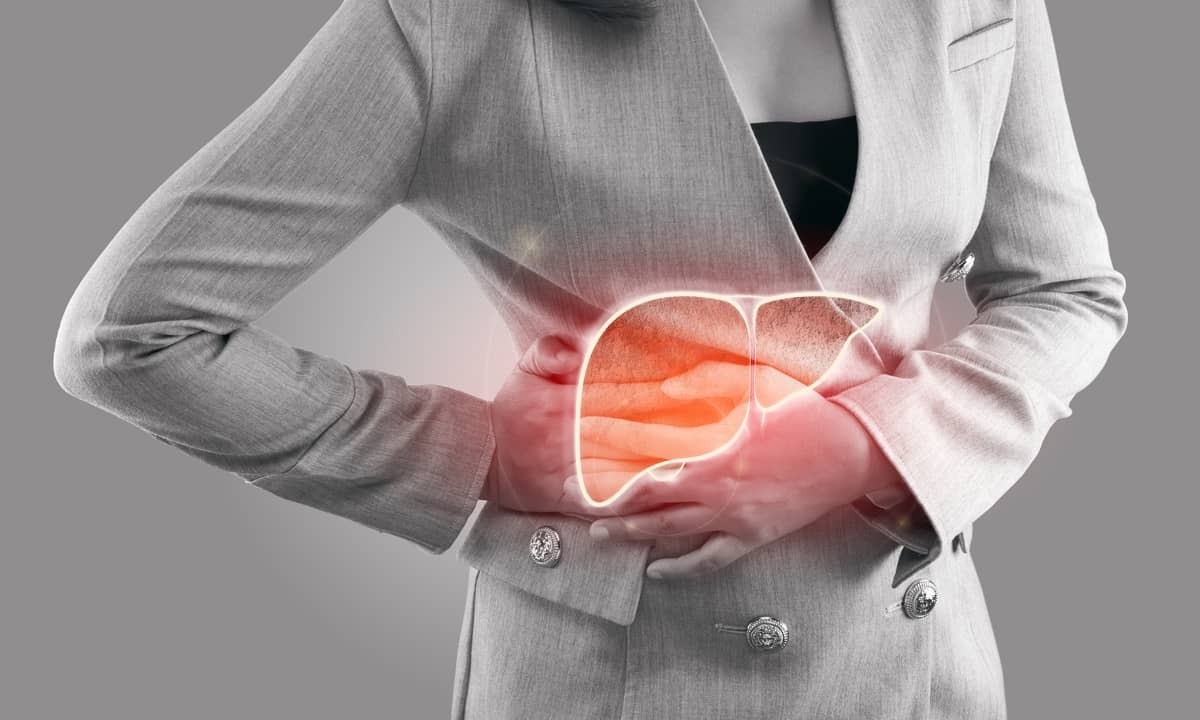
Early Signs and Symptoms of Fatty Liver
Abdominal Pain and Loss of Appetite
Individuals experiencing fatty liver disease may initially present with vague symptoms such as abdominal pain, generally localized in the upper right abdomen, and a noticeable loss of appetite. These vague representations highlight the importance of seeking medical advice early, as many might not attribute these symptoms to liver-related issues.
Unintentional Weight Loss and Weakness
In some cases, unintended weight loss and feelings of weakness can occur, indicating a potential underlying liver issue. The liver’s impairment can disrupt nutrient processing, leading to fatigue and an unhealthy energy balance, further emphasizing the need for careful monitoring of these signs.

Effects on Liver Functions
Impact on Processing Nutrients
The impairment of liver function due to fatty liver disease directly affects the organ’s ability to process nutrients effectively. As the liver struggles to metabolize essential nutrients, individuals may face nutritional deficiencies, ultimately leading to further health complications.
Role in Filtering Toxins and Digestion
Additionally, the liver’s capacity to filter toxins from the bloodstream diminishes. This decline can result in a buildup of harmful substances, negatively impacting overall health and digestion. Awareness of these factors highlights the significance of early detection and effective management strategies for fatty liver disease.

Inflammation and Exhaustion
Influence of Excess Fat on Inflammation
The accumulation of excess fat in liver cells can lead to significant inflammation. This inflammation not only disrupts normal liver function but also contributes to systemic exhaustion, making it difficult for individuals to maintain their usual level of activity.
Release of Chemicals and Immune Response
Furthermore, the inflammation triggers the release of cytokines, which are essential in regulating the immune response. Elevated cytokine levels can lead to widespread fatigue and symptoms resembling those of flu, underscoring the debilitating impact of fatty liver disease on overall well-being.
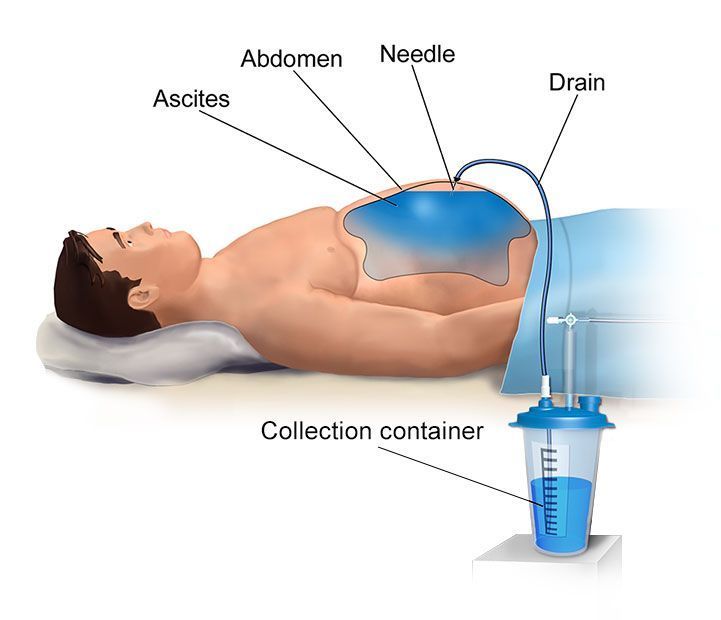
Advanced Symptoms of Fatty Liver Disease
Fluid Accumulation in the Abdominal Cavity
In advanced stages of fatty liver disease, the accumulation of fluid in the abdominal cavity, known as ascites, becomes a significant concern. This condition can cause discomfort, bloating, and abdominal pain, indicating further deterioration of liver health.
Muscle Wasting and Complications
Additionally, muscle wasting, commonly observed in patients with end-stage liver disease, poses serious complications. This condition affects the body’s strength and functionality, leading to increased fatigue and health risks associated with weakened physical condition.

Indicators of Liver Dysfunction
Jaundice and Altered Liver Function
Jaundice is a prominent sign of liver dysfunction, characterized by yellowing of the skin and the whites of the eyes. It occurs due to the impaired function of liver cells, which fail to effectively process bilirubin, leading to its accumulation in the bloodstream.
Decreased Production of Blood Clotting Factors
Fatty liver disease also impairs the liver’s ability to produce essential blood clotting factors, resulting in easy bruising and bleeding. This impairment can manifest in visible signs like spider angiomas, which are clusters of blood vessels under the skin, indicative of chronic liver disease.
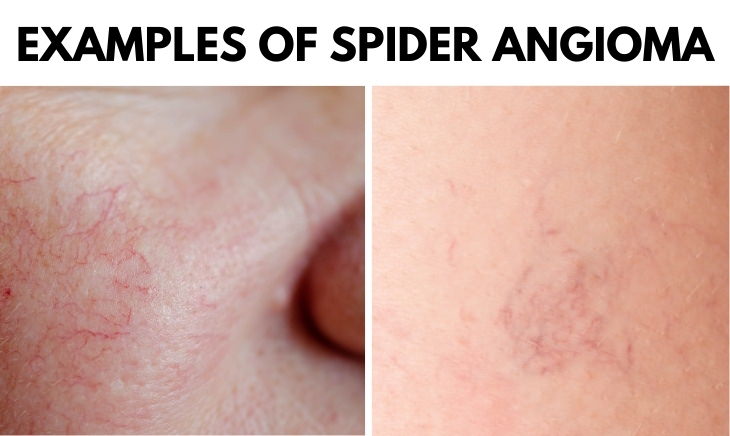
Skin and Vascular Changes
Spider Angiomas and Clusters of Blood Vessels
In individuals with fatty liver disease, the formation of spider angiomas may be observed, which are distinct clusters of small blood vessels appearing beneath the skin’s surface. These lesions are often painless and can vary in size, serving as visual indicators of liver dysfunction.
Characteristic Lesions in Chronic Liver Disease
Moreover, as chronic liver disease progresses, the prevalence of multiple spider angiomas increases significantly, showcasing a specificity of 95%. These manifestations highlight the liver’s compromised state and necessitate further evaluation for underlying conditions related to liver health.
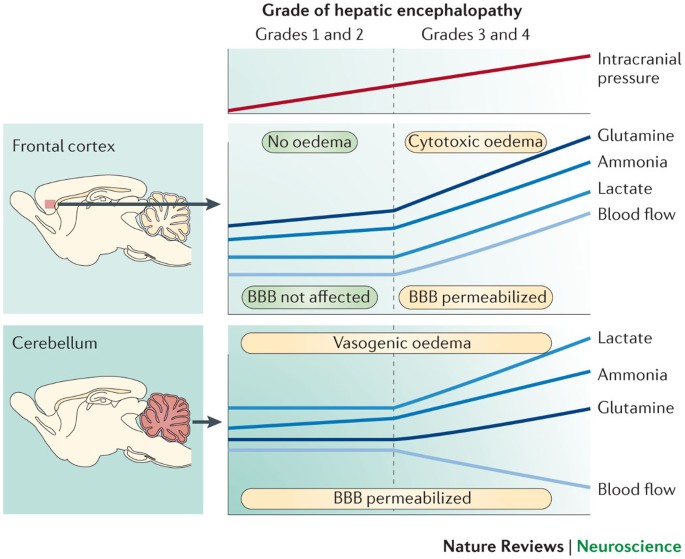
Neurological and Other Manifestations
Hepatic Encephalopathy and Brain Function
Individuals suffering from fatty liver disease may experience a temporary neurological disorder known as hepatic encephalopathy. As liver function declines, toxins can build up in the bloodstream and affect brain function, leading to symptoms such as confusion, irritability, and altered personality traits.
Dark Urine, Pale Stool, and Dilated Veins
Additionally, patients may notice dark-colored urine and pale stools, indicative of altered liver function. The presence of dilated veins under the skin can also signify non-alcoholic fatty liver disease, warranting further medical evaluation.
